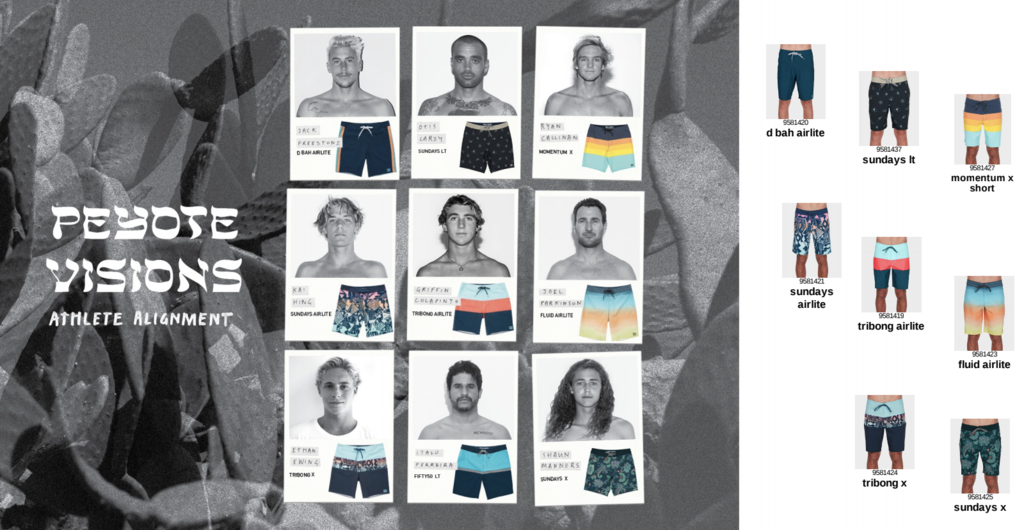B2B eCommerce best practices derived from B2C
When it comes to eCommerce, B2C knows how to leverage digital channels, and B2B has a lot to learn. Learn about B2B eCommerce best practices here.

With years of eCommerce experience under its feathers, B2C has a lot of insight to offer in how to leverage digital channels, and B2B has a lot to learn.
We regularly talk about the fundamental differences between B2B and B2C - the target customer, the buying cycles, the relationship duration, and structure - but we often fail to recognize the common ground between the two.
In the case of what came first, the chicken or the egg,...it is clear that B2C eCommerce was around well before B2B eCommerce was born. With years of eCommerce experience under its feathers, B2C has a lot of insight to offer in how to leverage digital channels, and B2B has a lot to learn.
Here are five best practices that B2B can learn from B2C to generate demand, build better relationships, and ultimately drive sales:
1. Manufacture Demand
B2C sites communicate with their customers on a regular basis. Whether it’s emailing their customers 2x-3x per week with product updates, promoting sales on their website, or reaching out to customers via social media, B2C sites don’t sit back and wait for customers to come to them. They aggressively manufacture demand and leverage every occasion they can to do so. From Valentine’s Day to National Guacamole Day, every special date on the calendar is an opportunity to be relevant and drive traffic to their business.
B2B sites must also manufacture demand; not just pre-season, but in-season as well. Like B2C, they must take advantage of the calendar and the many channels available to market to their customers. By regularly emailing linesheets and offering promotions to their current and potential retailers, they are keeping their brand top-of-mind and driving eyes to their product offerings.

2. Focus on Experience
When you think about your favorite B2C sites, think about why you visit them time and time again. Yes, you love their product offerings, but chances are their web experience is equally as enjoyable. The best B2C sites know they can’t just compete on product and price alone, they must also ensure their user experience is seamless, engaging, and easy to use. The most successful B2C sites not only look good but provide the customer with a great, frictionless experience, regardless of the device they use.
B2B sites must focus on the online experience as well. Often, B2B sites don’t consider their user experience a high priority, which can affect how often retailers frequent and use their portal. Just as consumers prefer websites with engaging content, graphics, and character, online ordering portals can and should offer more than just utilitarian lists of SKUs. By incorporating the best elements of a user experience - images, video, product discovery, and ease-of-use across desktop and mobile - B2B sites will ensure a more meaningful experience for their retailers, enabling more activity from their retailers.
According to Forrester, more than 74% of B2B buyers researched at least half of their work purchases online, and expect to make half or more of their work purchases online by 2017. This means they're going online instead of picking up the phone to call a vendor for pricing or engaging directly with sales, marketing, and customer service representatives.
3. Mobile First
As we’ve mentioned, consumers today live in an on-demand world where goods and services are literally available in the palm of their hands. More purchases are being made on-the-go than ever before, and the trend is only picking up speed. B2C sites recognize this and are constantly optimizing their websites across desktop, tablet, and mobile. This should be no different for B2B sites.
Retail buyers are consumers too, and should be granted the same convenience of making purchases on-the-go. “Going mobile” is no longer a luxury, it’s an expectation. By having a B2B site available on multiple devices, customers will be able to access the platform from wherever they are, whenever they want. The more accessible the platform, the more retailers will use it.
4. Personalize
It’s no secret that personalization is a key ingredient in successful marketing. According to recent studies, 75% of consumers are more likely to buy from a retailer that recognizes them by name, recommends options based on past purchases, or knows their purchase history. When it comes to consumers, one size does not fit all, and the most successful B2C sites are incorporating personalization into their sales strategy. Just look at Amazon and Netflix.
Similarly, B2B sites should not assume all retail buyers have the same wants, needs, and purchase styles. Just as consumers prefer a personalized shopping experience, retailers want a B2B experience that is customized to them. Offering individual recommendations to buyers will not only enhance their buying experience but drive the greatest possible sales.
75% of consumers are more likely to buy from a retailer that recognizes them by name, recommends options based on past purchases, or knows their purchase history.
5. Tell Brand Stories
B2C sites are more than online stores, they’re a source for consumers to discover new brands and learn their stories. When consumers visit a brand online, they immediately grasp the brand’s character from the images, tone, and overall essence of the site. Brands work hard to differentiate themselves, and B2C sites are a great channel to show consumers who they are and what they represent.
B2B sites should provide the same ability for buyers to learn about brands as B2C sites offer to consumers. Enabling brands to share their stories is a crucial part of the wholesale process, both for selling to new buyers and strengthening relationships with existing buyers. As retailers become more selective in choosing the brands they want to carry, B2B sites must give brands the platform to not only sell the products they offer but promote the image they’ve built.

Rather than focus on their differences, B2B sites should take advantage of the path that B2C has paved and borrow a few strategies from their playbook. At the end of the day, whether business-to-consumer or business-to-business, both platforms have the same goal in mind: drive sales.
Related articles
Get on the list
Wholesale tips and industry news you can’t miss, delivered weekly
